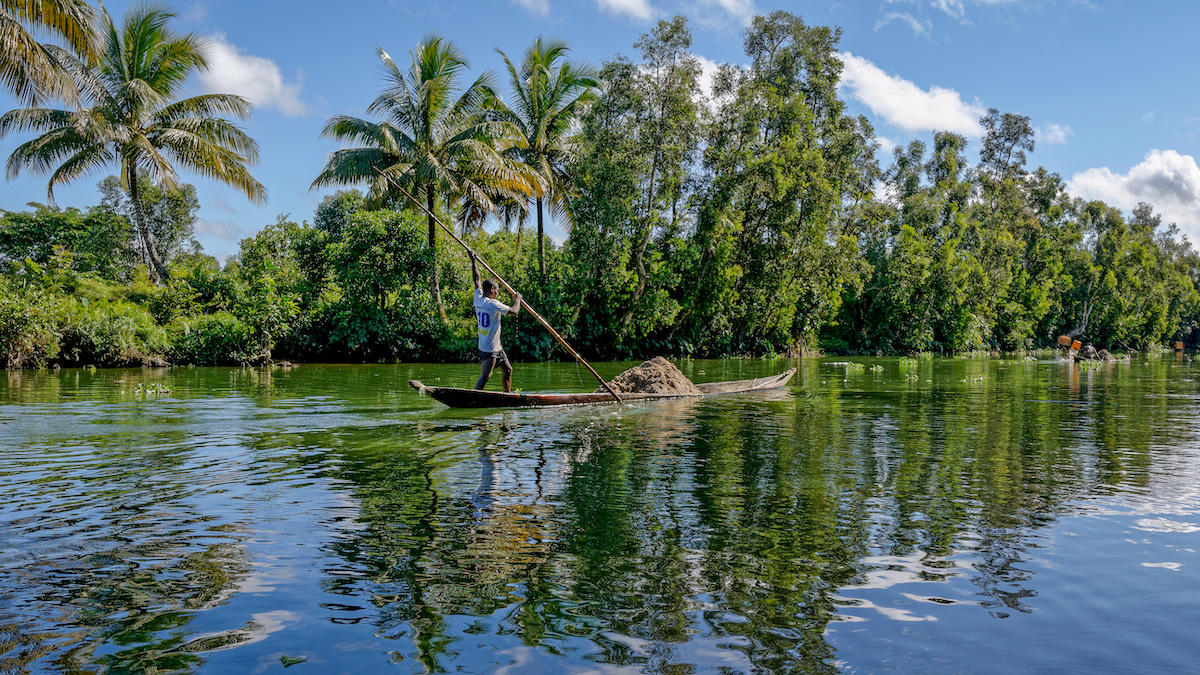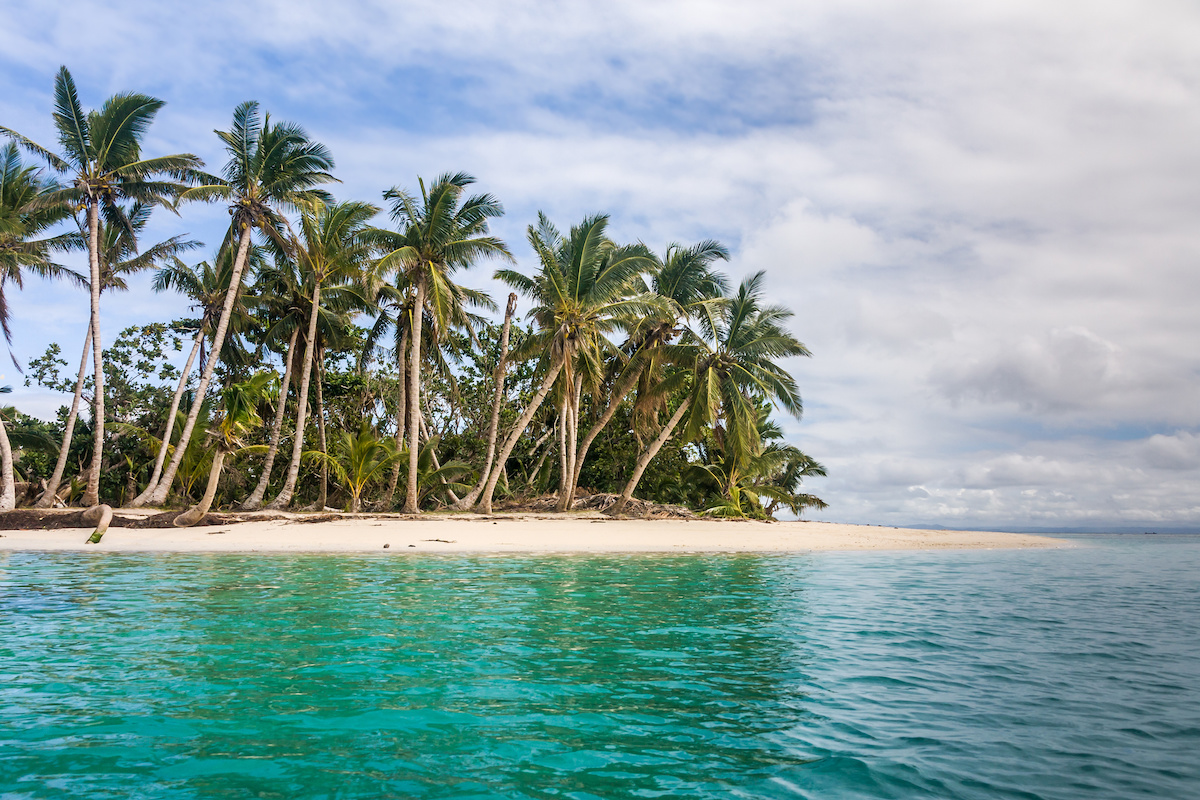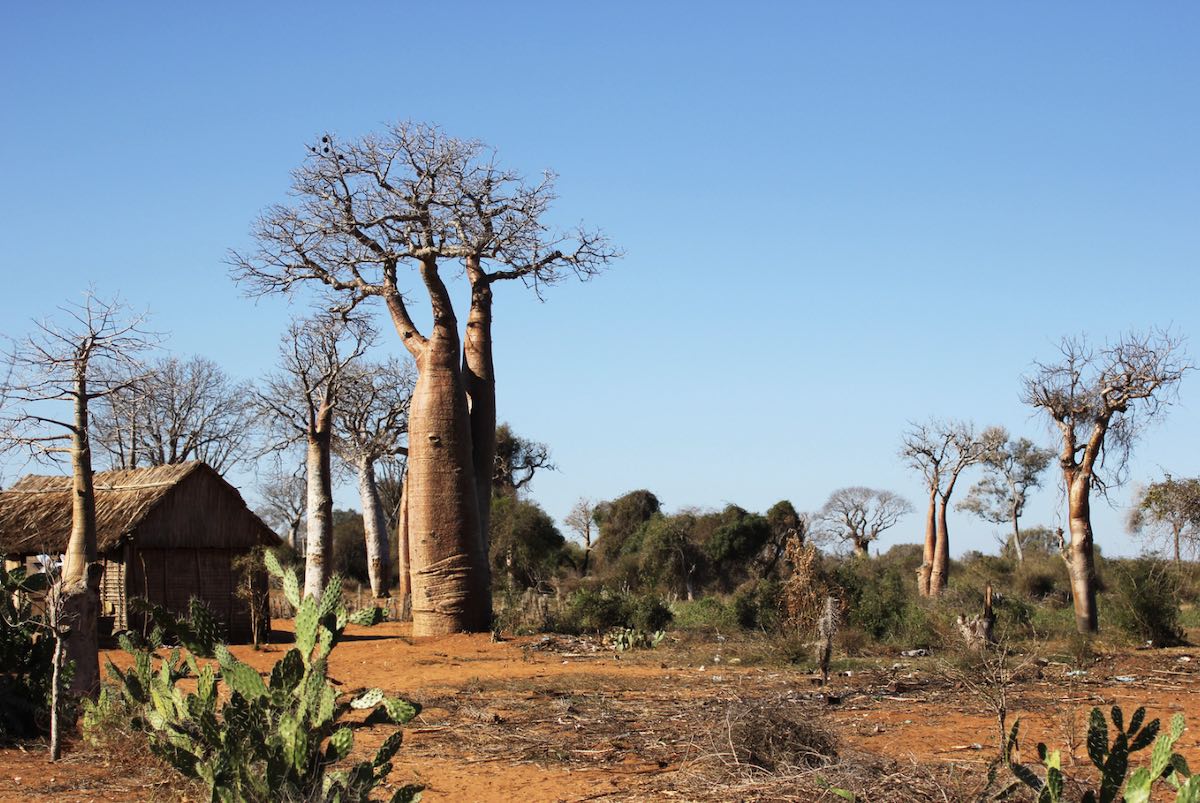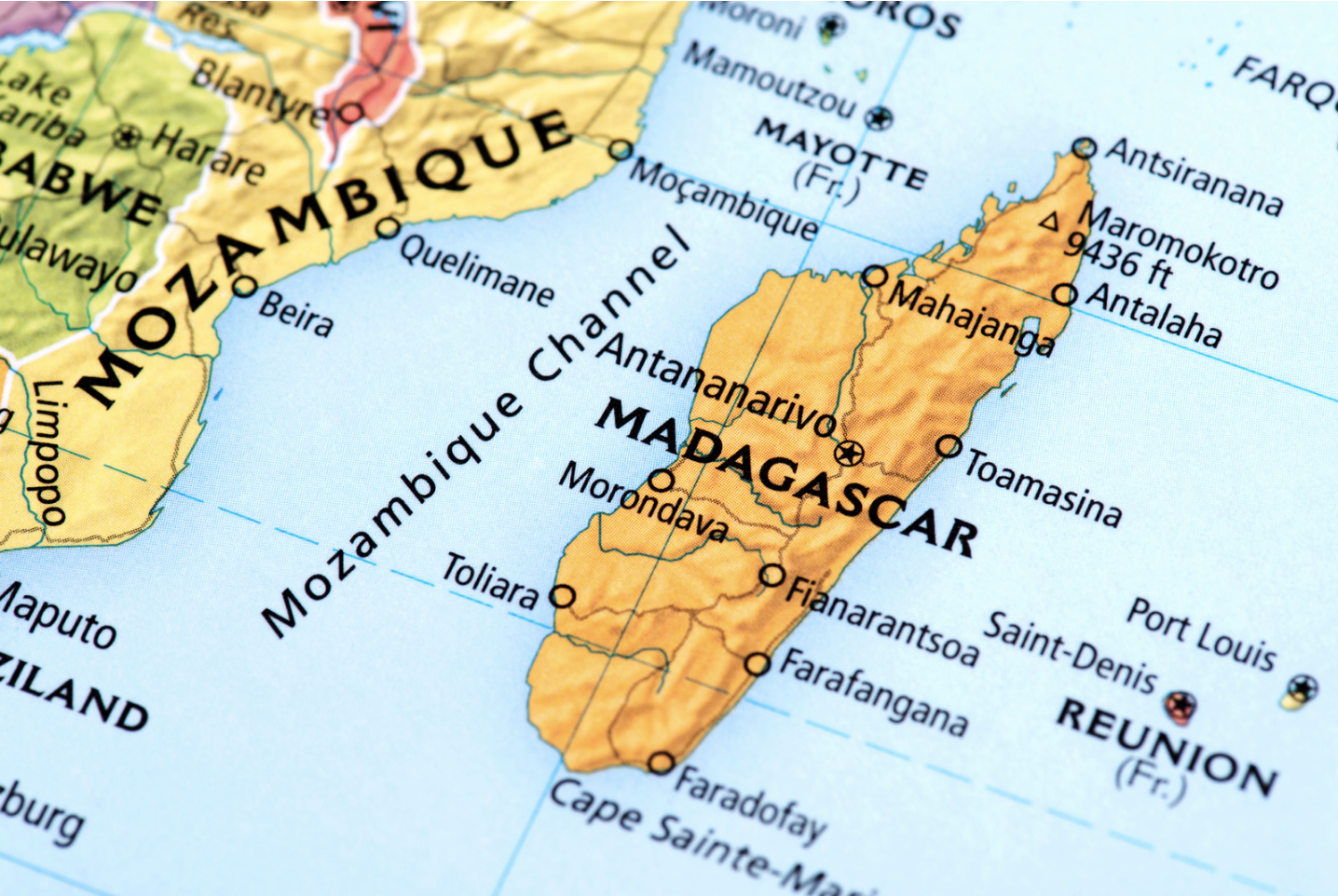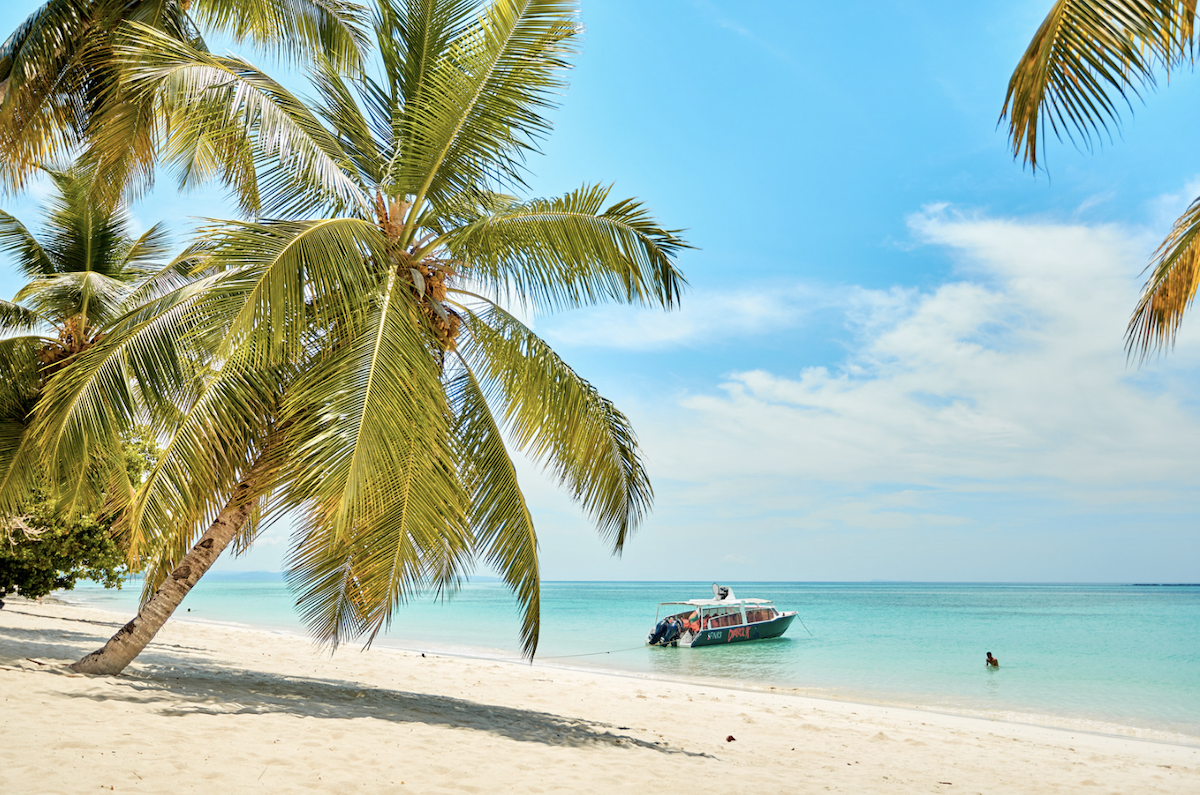Travel Guide: What to do on a weekend in Istanbul, Türkiye
Our planet’s wildlife faces urgent threats from all sides: climate change, deforestation, and animal-human conflict. Today’s wildlife photographers can help advocate for their protection, but they can also cause damage to the environment, intentionally or otherwise.
In recent years, for instance, high-profile photographers have come under fire for chasing giraffes, posing models within feet of wild elephants, working with animal handlers, and staging pictures.
In stylish Taksim looking dapper with its many art deco buildings, we popped into Kismet by Milka in Bebek whose quaint jewellery designs are worn by celebrities worldwide.
Mary Doe
Mistake #1: Wildlife baiting
Feeding might be widespread, but it’s also unethical. “Baiting wild animals in order to get the perfect shot has become a normal practice, sadly,” the conservation photographer Daisy Gilardini explains. “Snowy owls in Canada are baited with live mice. All ‘wildlife’ in Japan is bated, from the Sandhill cranes to the snow monkey, the swans, owls, and Steller’s Sea Eagles. The brown bears and wolverines in Finland are baited with dog food. The list goes on and on.”

Mistake #2: Ill-considered use of flash
- Macro Landscapes
- Focus Your Lens on Your Kids or Pets
- Built Your Own Background
“A wildlife welfare issue that I’ve become very aware of recently is the ill-considered use of flash on wildlife, especially with nocturnal animals,” the conservation and wildlife photojournalist Douglas Gimesy tells us. “Depending upon how it’s used and the species, flash can potentially cause negative physical, emotional, and behavioral impacts. Unfortunately, there are images out there where it appears such potential impacts might not have been considered or have been unjustifiably ignored.
Mistake #3: Geo-tagging everything
This one is less about how you make the images and more about how you share them with the world. In the last couple of years, experts have expressed growing concerns over the consequences of geotagging photos on social media; in 2018, for instance, the Jackson Hole Travel & Tourism Board urged visitors to stop tagging their locations, as “influencers” had flocked to the area in search of the perfect Instagram photo. Remote trails became crowded with an influx of tourists.



